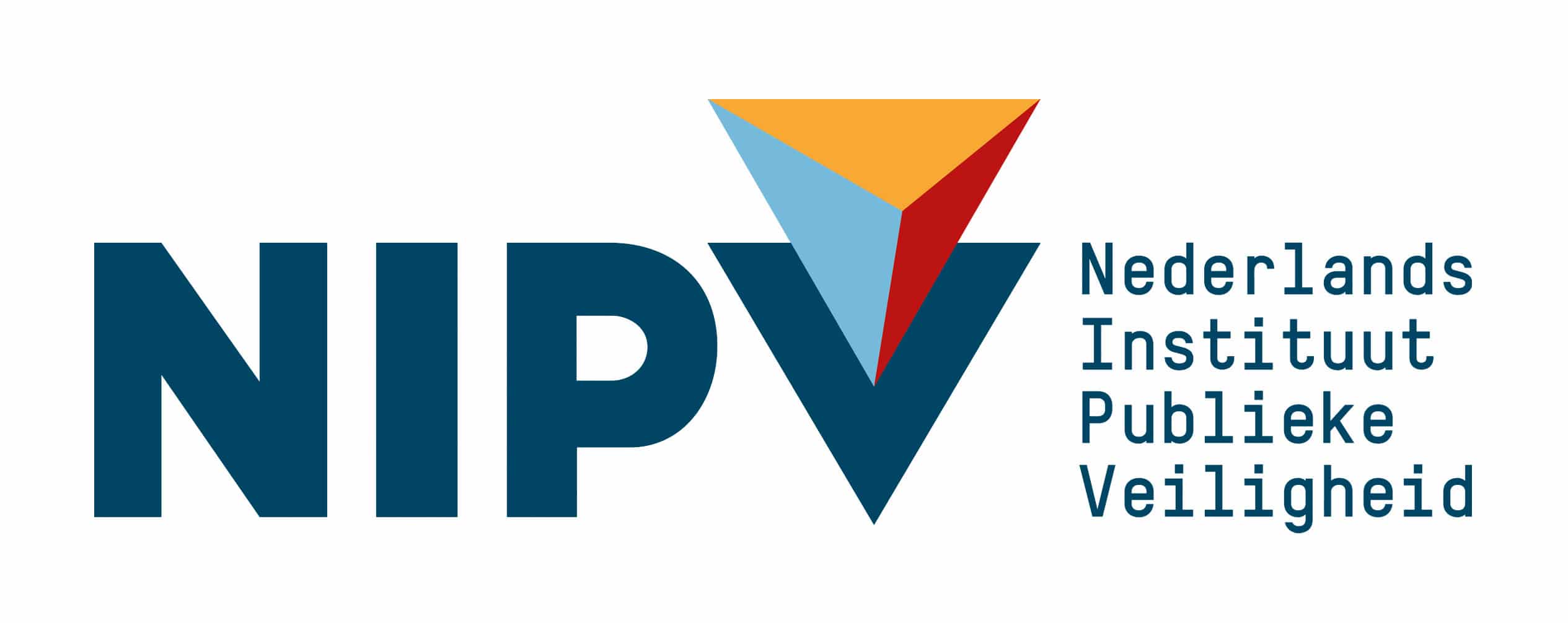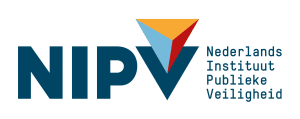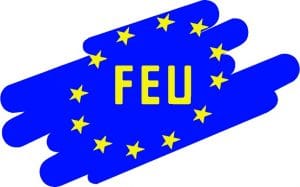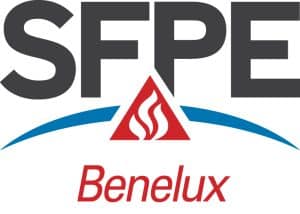17th International Congress Fire Safety & Science – FSS
(Inter)national experts present the latest results, insights and developments in the field of fire safety research, fire safety engineering and innovative fire fighting.
About
Date and time
June, 4 and 5, 2025
Location
NIPV in Arnhem, the Netherlands
Fee
€ 150 for two days
For whom?
see description
Organization
NIPV and FSE Fellowship Foundation
On 4 and 5 June 2025, the 17th International Congress Fire Safety & Science is organized by NIPV (Netherlands Institute for Public Safety) and the FSE Fellowship Foundation. (Inter)national experts present the latest results, insights and developments in the field of fire safety research, fire safety engineering and innovative fire fighting.
The programme consists of a combination of plenary sessions and several workshops. Keynote presentations will be in English, and many break out sessions will be in Dutch. The first day includes a networking dinner.
For whom?
This conference is of interest to:
- professionals engaged in fire safety, fire safety engineering (FSE), fire research or (innovative) fire fighting
- professionals involved in education in the field of fire safety and FSE.
Programme June 4th
- Registration
- Welcome – Lieuwe de Witte, Professor Fire Safety, NIPV
- Opening – Harm Balk, managing director Safety Region Kennemerland
- Facade fire spread in residential buildings – Cristian Maluk, Technical Director, DAMA Engineering Consultants
- Break
- Evolving London build environment from fire fighting perspective – Sami Goldbrom, Group Commander, Research & Development, London Fire Brigade
- Fire fighting under war circumstances – Oleksander Lazarenko, Lviv State University of Life Safety, Ukraine
- Lunch
- Break out sessions, round 1
- Break
- Break out sessions, round 2
- Networking drinks
- Networking dinner
Programme June 5th
- Registration
- Welcome – Harm Balk
- Overview FSRI research (EV and battery fires) – Adam Barowy, Lead Research Engineer, UL FSRI
- Break
- Fire safety of housing with care – Johan van der Graaf, senior researcher, NIPV
- NIPV-VVBA Thesis Award: presentations by the nominees and award ceremony – Ricardo Weewer and David den Boer
- Break
- Break out sessions, round 1
- Break
- Break out sessions, round 2
- Networking drinks
Plenary sessions, June 4th
Facade fire spread in residential buildings
Cristian Maluk, Technical Director, DAMA Engineering Consultants
The presentation covers key aspects related to fires in residential buildings, focusing on the spread of fire and smoke through exterior facades. It explains how fires can spread through facades, highlighting the influence of modern facade design and construction. The presentation will examine how these factors impact the fire strategy of a residential building, considering fire safety measures, provisions, and contingencies that can be implemented to manage such situations. Additionally, it will provide case studies to evaluate events involving the spread of fire through facades.
Evolving London build environment from fire fighting perspective
Sami Goldbrom, Group Commander, Research & Development, London Fire Brigade
Goldbrom will be speaking about London from 1666 and the Great Fire of London, its impact on the built environment then to now and the new landmark high rise towers to everything in between. The complexities of operating with ever changing challenges from alternative energies to climate change, 24 hours a day. What we have learnt about wildfire in the rural urban interface and how climate change is bringing new challenges to our fire service in protecting our communities.
Firefighting under war conditions
Oleksandr Lazarenko, Deputy Chief in the Department of Supervision and Prevention Work and Fire Automatics/Associate Professor, Lviv State University of Life Safety
Since the war started, Ukrainian firefighters and rescuers should change their approach and rules of firefighting because of the constant shelling and bombing. Unfortunately, war greatly impacts the organisational system of civil protection and the whole functionality of the emergency management system. For now, the Ukrainian system adapted to these circumstances and successfully eliminates the majority of emergencies caused by the war conditions.
Break out sessions, June 4th
Performance based design: tenability in fires
Ruud van Liempd, senior researcher, NIPV
In this workshop we will adress the latest research in tenability in fires. We will look into estimating the time to compromised tenability and escape capability for occupants when exposed to a fire environment.
Results of research project on UHP extinguishing systems for fires in batteries of electric vehicles
Henk Brans, researcher, NIPV
Last June, NIPV, together with various partners, conducted fire tests with two electric vehicles. These tests examined whether the use of an ultra-high-pressure cutting and extinguishing system (UHP extinguishing system) is effective in stopping the propagation of thermal runaway in the battery pack. During this presentation, the researchers will take you through the results of the research.
Wooden and green facades
Ruud van Herpen, Fellow Fire Engineering, TU Eindhoven
More information to follow.
When water goes up in smoke: experimental research into the effect of the 3D pulse method and the arc method on smoke cooling
Rijk van den Dikkenberg, senior researcher, NIPV
NIPV has conducted experiments into the effectivity of different methods to cool smoke during internal offensive fire attack. Earlier the results of these experiment s were presented in the FSS congress. Recently some additional experiments were conducted in order to complete the overall conclusions that were drawn. In this presentation we will present the recent results and overall conclusion of these series of experiments.
Plenary sessions, June 5th
Overview FSRI research (EV and battery fires)
Adam Barowy, Lead Research Engineer, UL FSRI
Highlights will be presented from FSRI’s research areas: Fire Dynamics, Fire Modeling, Firefighter Health and Safety, Li-ion Battery Fire and Explosion Hazards, and Wildland-Urban Interface Fires, as well as an introduction to FSRI’s development of the National Emergency Response Information System (NERIS). Each area will cover a recap of recent accomplishments, highlights, and objectives for 2025+.
Fire safety of housing with care
Johan van der Graaf, senior researcher, NIPV
Due to an ageing population, older individuals increasingly live longer in their own homes rather than move into care facilities. However, over time, many may become less self-reliant. This raises concerns about their ability to live safely at home and whether adequate assistance is available in the event of a fire. Dutch building regulations stipulate specific requirements for housing with care. In these residences, the care provider shares responsibility for fire safety and assistance. The question arises: do these regulations adequately address the fire safety needs of (older) residents? Recently, NIPV conducted an examination of several buildings to evaluate whether the fire safety measures in place are sufficient for the residents. In this presentation, Johan van der Graaf will present the findings from this research and discuss the preliminary results.
NIPV-VVBA Thesis Award: presentations by the nominees and award ceremony
Ricardo Weewer, NIPV and David den Boer, VVBA
NIPV and the VVBA (Association of Fire Safety Advisors) annually award the best bachelor or master thesis in the field of fire safety with the NIPV-VVBA thesis prize. That the “next generation” is concerned about fire safety in the energy transition is evident from the submitted theses. This year, six theses were submitted. From the entries, the VVBA thesis committee, consisting of David den Boer (Peutz), Patries Robijn (DGMR) and Erik Janse (BVEJ), nominated 3 theses. At the FSS congress, the nominees will present their thesis and then the winner will be announced.
The nominees in no particular order are:
- Merel Schouten, TU Eindhoven: Fire behaviour of vertical green system vegetation
- Carmen Gucheaar, TU Delft: Fire safety of vertical greenery systems
- Max Verbruggen, Hogeschool van Amsterdam: Legislative and technical requirements for applying gravity-feed sprinkler systems in high-rise buildings
The nominated theses can now be read at fellowfse.nl.
Break out sessions, June 5th
EV and battery fires – FSRI research
Adam Barowy, Lead Research Engineer, UL FSRI
Highlights will be presented from FSRI’s research areas: Fire Dynamics, Fire Modeling, Firefighter Health and Safety, Li-ion Battery Fire and Explosion Hazards, and Wildland-Urban Interface Fires, as well as an introduction to FSRI’s development of the National Emergency Response Information System (NERIS). Each area will cover a recap of recent accomplishments, highlights, and objectives for 2025+.
Estimating the HRR from thermocouple measurements using empirical correlations, zone modeling and CFD-simulations
Pim van Rede, researcher, NIPV
In his role as researcher at NIPV, Van Rede focusses mainly on research-projects with a numerical methodology. On such project involves numerical fire modelling to learn more about fire tests carried out on a frequent basis by NIPV. During these tests the heat release rate (HRR) of the fire is the most important parameter as it is the primary driver for the test results. This work presents a method for estimating the HRR from thermocouple measurements by combining a correlation for gas temperature in well-mixed compartments, zone modeling and CFD-simulations. The methodology has been applied to several large-scale fire tests conducted by NIPV.
Give me a heads up
The next Fire Safety & Science Congres will take place on 24 and 25 June 2026. If you would like to receive a notification as soon as registration has opened, please fill in this form.
Contact
Do you have any questions? Please contact NIPV Kennisevents.






